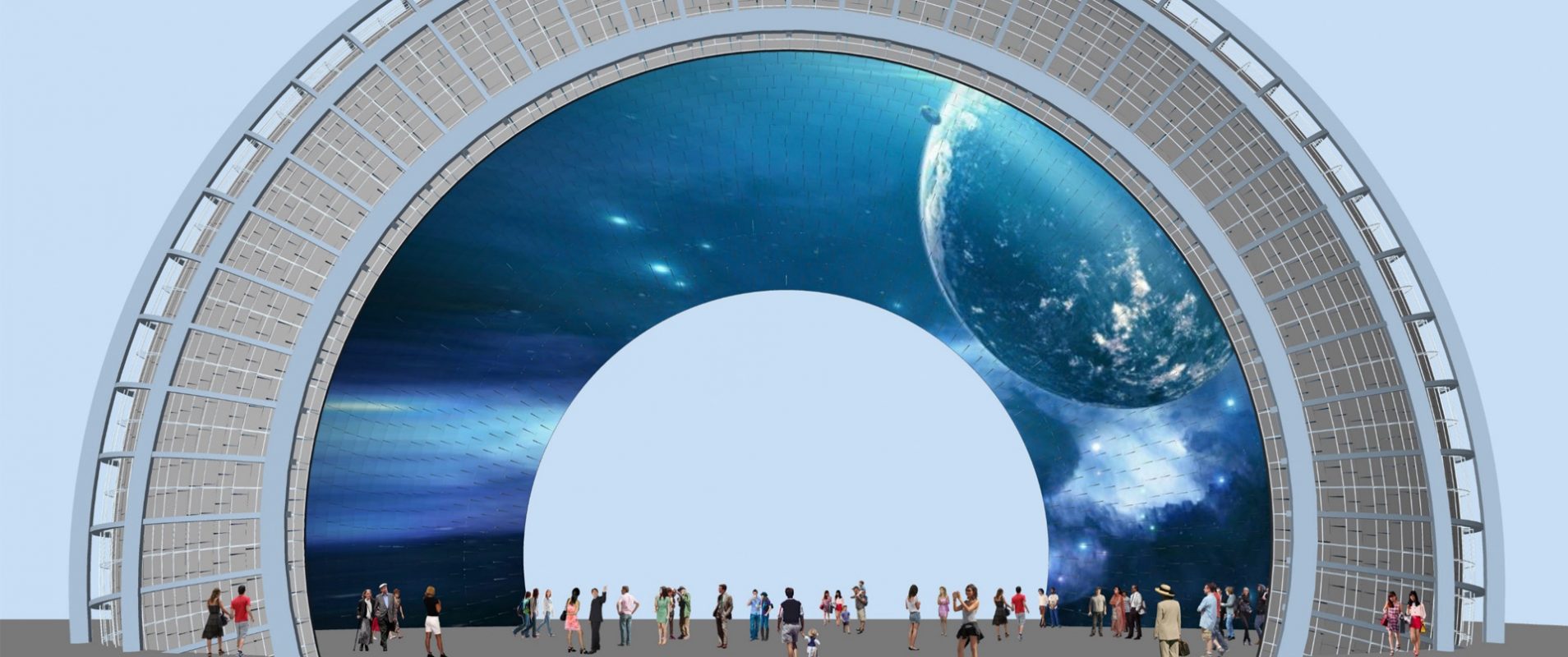Virtual reality design and development
From Oculus’s headsets to self-driving cars, we hear about new advances in Virtual Reality (VR) and intelligent automation technology every day. VR is a rapidly growing industry with a global revenue that will surpass $12 billion by 2024, while nearly 23.5 million jobs worldwide will be using VR by 2030 for training, work meetings or to provide better customer service. VR development companies such as CXR, Lucid Reality Labs and Facebook are leading the way.
Virtual reality for business can help shape everything from human resources to marketing and products. Companies like Spacial, for example, create a virtual reality version of Zoom, and Accenture, a multinational professional services company, uses VR exercises for new recruitment techniques.
As marketing and customer service tools, VR also allows businesses to uniquely engage with customers. Consumers can virtually visit a showroom or try out a product such as a household appliance, from the comfort of their homes. For example, Ikea offers virtual showrooms in which shoppers can experiment with different home design options. VR can also provide unique market research data based on consumer behavior in a virtual environment.
Perhaps the most useful application of VR in the business field is for training purposes. Simulated environments provide controlled spaces in which workers can safely engage in real-life scenarios, such as active shooter training for law enforcement or working with complex machinery before operating on the assembly line. VR can also help coach the performance of workers, giving feedback in real time, which could lead to increased productivity.
Your product
With older VR technology, your product might have been hampered by developments in both computer graphics and hardware. Historically, there was a trade-off between 3D modeling and other effects with real-time realistic interactions in a virtual space. Hardware has been problematic as well. Headsets were clunky, computers expensive, and the hardware integration was too complicated. Additionally, there has been a lack of power to support the big data needs of VR, which has only worsened with the 5th generation (5G) network.
But recent advances might help VR design companies take the next step. Smoothing techniques and mesh editing modifiers help 3D graphics developers create good visual effects, while improved chipsets like the Qualcomm XR2 and stronger processing power supports the data needed to create truly immersive experiences. And commercial VR systems no longer require users to connect a headset, controllers and sensors to a high-end computer. Today, standalone VR headsets with built-in processors allow users to be up and running within fifteen minutes.
Our approach
VR design and development can revolutionize the way businesses interact with customers and train and boost the productivity of employees. VR has also become an impactful way to promote products and services. If you want your installation to stand out at your next trade show, Immersive-FX will give you the competitive trade show booth features you need. Our immersive cinema booths deliver stunning full color environments that showcase your product in a dynamic way. Keep investors, customers and employees talking for years to come with immersive digital environments in ways never previously imagined.

